
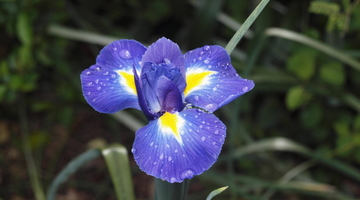
Humans have many reasons to grow plants. We use them for food, for building materials, for pleasure and for many other purposes. A plant really just has one reason to grow – to reproduce and make ...
READ MORE
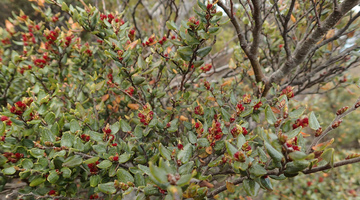
What is a mast? You might be forgiven for thinking it had more to do with ships than conservation! The term comes from the ancient English word ‘mæst’, which was used to refer to years when ...
READ MORE

Getting good crops of avocados in New Zealand is not always easy, and pollination is part of the problem. The avocado is a fruit tree introduced to New Zealand from Central America. It likes warm ...
READ MORE
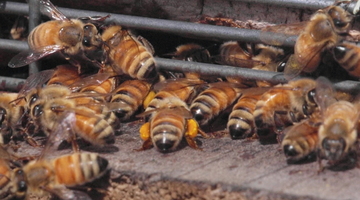
In this activity, students make small finger puppets and take on the roles of insects, birds and the wind to simulate various methods of pollination. By the end of this activity, students should ...
READ MORE

In this activity, students take on the role of flower parts and act out the process of insect pollination By the end of this activity, students should be able to: understand that pollination ...
READ MORE

This comprehensive worldwide online citizen science (OCS) project collates bird species, numbers, locations and times of sightings into a large database. You can create a class as a user and, by ...
READ MORE
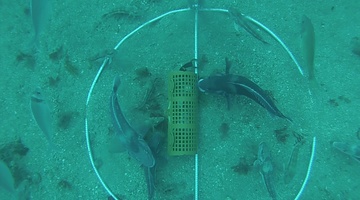
Come and visit Aotearoa New Zealand’s underwater world in this online citizen science project. Discover, count and identify unique fish species that live within our marine reserves ...
READ MORE
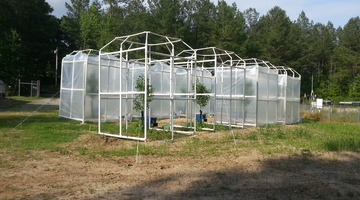
By comparing some features of fossilised plants with the same features of plants living today, scientists hope to be able to learn more about the effect of changing carbon dioxide (CO2) levels in ...
READ MORE

Flowers are a common sight in most New Zealand school grounds. They offer a colourful starting point to teach about plant reproduction and adaptation and offer opportunities to extend into ...
READ MORE
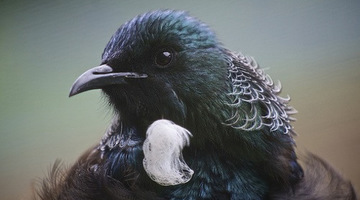
New Zealand is well known for its unique bird life. Our endemic birds evolved in an isolated, island environment. The arrival of people, the deliberate and accidental introduction of mammalian ...
READ MORE

Students carry out a practical investigation to help AgResearch scientists monitor the spread of Microctonus aethiopoides (a tiny wasp) and its success as a biocontrol agent for clover root ...
READ MORE
Dr Mark Goodwin of Plant & Food Research explains how flowering plants use self-pollination or cross-pollination in their reproduction. He uses kiwifruit and avocado as examples to show how ...
READ MORE
Dr Mark Goodwin of Plant & Food Research describes the strange system of flowering used by avocados to avoid self-pollination. It involves the flowers changing sex between one day and the ...
READ MORE
Dave Kelly of the University of Canterbury explains abiotic pollination by wind and biotic pollination by animals. He shows the characteristics of bird-pollinated flowers and the birds that carry ...
READ MORE

The life cycle of ferns is different from other land plants as both the gametophyte and the sporophyte phases are free living. This interactive illustrates the alternation of generations in ...
READ MORE

The marine environment of the Auckland Islands in the New Zealand Subantarctic Islands group is home to a diverse range of species. Use this interactive image to learn about this diverse ...
READ MORE
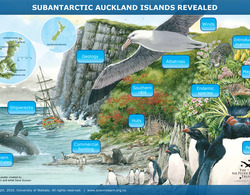
An interactive overview of the Auckland Islands. Click on the labels for more information. Select here to view the full transcript and copyright information.
READ MORE